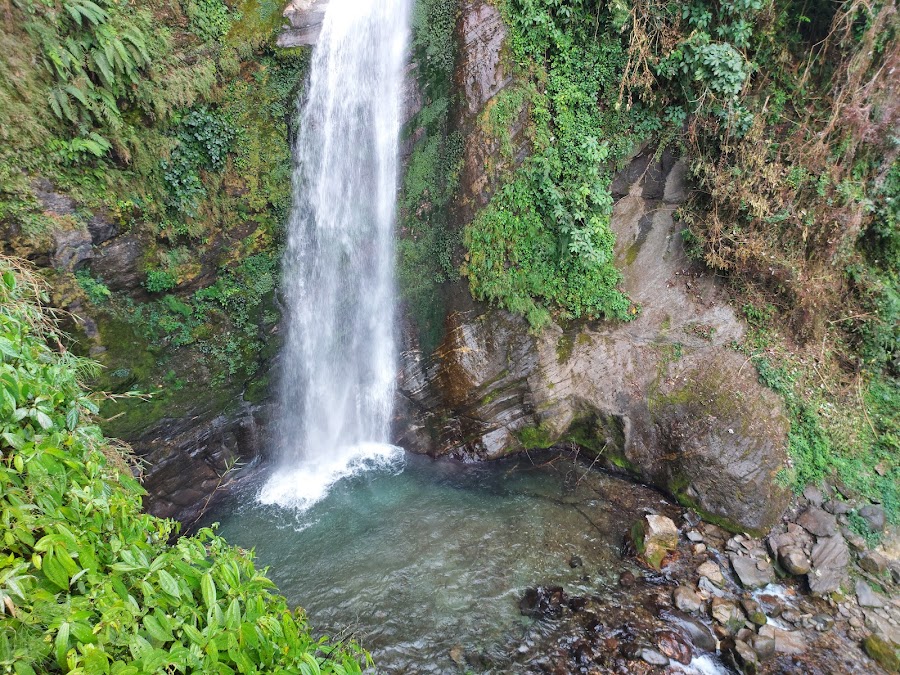
Neora Valley National Park
Kalimpong, India
- Bird watching for rare species
- Camping with permission
- Explore the diverse flora and fauna
- Trekking through the dense forest trails
- Wildlife photography
Known for:
Description:
Neora Valley National Park, nestled in the Kalimpong district of West Bengal, India, is a biodiversity hotspot and a paradise for nature lovers. Spanning over 88 square kilometers, this pristine wilderness boasts lush forests, vibrant flora and fauna, and breathtaking landscapes. The park is renowned for its diverse ecosystem, ranging from tropical to sub-tropical and temperate forests, supporting a rich variety of species. Keep an eye out for the elusive Red Panda, Clouded Leopard, and numerous species of birds, butterflies, and reptiles. Trekking through the dense trails offers an immersive experience, with opportunities to witness cascading waterfalls, panoramic views, and the serene beauty of the Eastern Himalayas. A permit is required to enter the park, which can be obtained from the Forest Department office in Kalimpong.
History:
The Neora Valley was largely unexplored until the mid-20th century due to its dense forests and challenging terrain. Recognizing its ecological significance, the area was declared a National Park in 1986. The name 'Neora' is derived from the Neora River, which flows through the valley. Before its establishment as a protected area, the region was primarily used for timber extraction and limited agriculture by local communities. The declaration of the National Park aimed to conserve the biodiversity and protect the fragile ecosystem from further exploitation. Since then, efforts have been focused on managing the park sustainably, promoting eco-tourism, and involving local communities in conservation initiatives. Research and monitoring activities are also conducted to understand the park's ecological dynamics and inform management decisions.